Unlocking the Code: Our A1C Reads 5.4 – Lets Dive Deeper
Our A1C is 5.4! Discover what it means, its importance, and strategies to manage and lower your A1C levels. Dive in!
Understanding A1C Levels
Wrap your head around what A1C levels mean and why they’re vital if you’re on a diabetes journey or just curious about your blood sugar. We’re here to break it down in a way that makes sense to all of us.
What is A1C?
The A1C test is like a report card for your blood sugar, showing how well you’ve been doing over the past two to three months. Fancy names like hemoglobin A1C or HbA1c might pop up, but don’t let them scare you off; it’s all about the average sugar-coated on hemoglobin—the protein in red blood cells. So, a higher percentage means more sugar hanging out in the bloodstream. Just think of it as a snapshot of your blood sugar habits.
| A1C Level | Average Blood Sugar (mg/dL) |
|---|---|
| 5.4% | 108 |
| 6.0% | 126 |
| 7.0% | 154 |
In plain terms, an A1C of 5.4 % means an average blood sugar level around 108 mg/dL. Wanna do some math wizardry and convert between A1C and blood sugar? Our handy A1C formula is here to help.
Why A1C Levels Matter
Why should we care about A1C levels? Well, they paint a fuller picture of our blood sugar story, spanning a few months—unlike the quick snapshots from daily glucose tests. That’s the kind of info you can really use when planning your next steps in managing diabetes, right?
For those living without diabetes, keeping an A1C under 5.7% is the sweet spot. As for the rest of us, a target of 7% or less is the goal, according to the American Diabetes Association. Hitting this target can be a game-changer in dodging diabetes-related troubles.
| A1C Level | Classification |
|---|---|
| Below 5.7% | Normal |
| 5.7% – 6.4% | Prediabetes |
| 6.5% or higher | Diabetes |
For many folks with diabetes, staying below 7% is like hitting the bullseye (American Diabetes Association). Doing so slashes the chances of facing issues like heart problems, kidney snags, and nerve worries. For tips on how A1C goals might shift with age or health conditions, wander over to our page on a1c goals by age 80.
When we take the wheel of our A1C levels, it means keeping blood sugar in check with smart plans and regular check-ins. By making sense of these critical numbers, we empower our choices and leap towards healthier lives. Got questions about what an A1C of 5.3 means? Check out our post on a1c 5.3 for all the little details.
Managing and Monitoring A1C
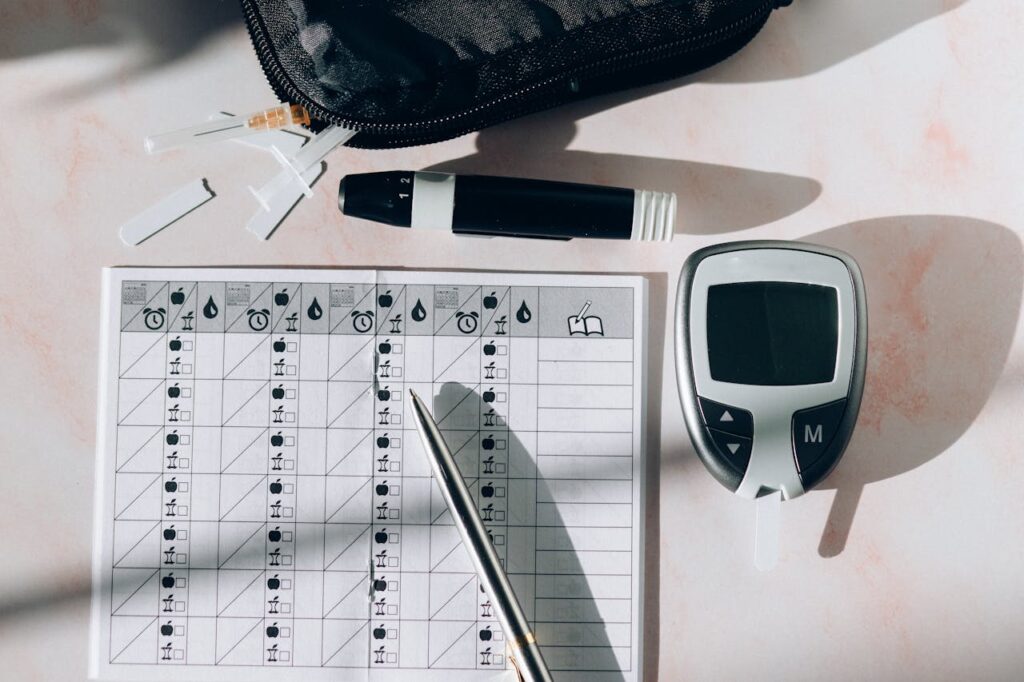
Target A1C Levels
Keeping tabs on our A1C is a big deal when it comes to managing blood sugar and staying healthy, especially if we’re watching out for diabetes or already have it. Here’s the scoop on where our A1C should be:
- Normal A1C: If diabetes isn’t on our radar, then an A1C that’s less than 5.7% is what we’re aiming for. Keep it cool, peeps! (Cleveland Clinic).
- Prediabetes: A spot between 5.7% and 6.4% means we’re hovering in the prediabetes zone (Virta Health).
- Diabetes: When that A1C hits 6.5% or more, it’s time to face the music—we’ve got diabetes.
For those of us already living with diabetes, the American Diabetes Association suggests a target A1C of 7% or less. Here’s a quick cheat sheet:
| Group | A1C Percentage |
|---|---|
| Normal | < 5.7% |
| Prediabetes | 5.7% – 6.4% |
| Diabetes | ≥ 6.5% |
| Target for Diabetics | ≤ 7% |
Strategies to Lower A1C
Bringing down our A1C is no sprint—it’s a marathon. Expect to see changes in about three months since A1C tells us our average blood sugar level over that time period (Medical News Today). Here’s what can help bring your A1C down to 5.4 %:
- Balanced Diet: Chow down on fiber-packed foods, whole grains, fruits, and veggies. Ditch the sugary stuff and cut back on those naughty carbs.
- Medication Adherence: Remember to take those meds just like our healthcare buddy says. No skipping!
- Regular Exercise: Get moving! At least 30 minutes a day of moderate exercise helps those muscles soak up glucose like a sponge.
- Regular Monitoring: Checking our blood sugar regularly lets us tweak our diet or medication as needed.
- Stress Management: Let’s chill out—keeping stress at bay can do wonders for our blood sugar.
Want more tips and tricks to keep that A1C in check? Dive into our other reads like a1c goals by age 80, convert a1c to glucose, and all about the a1c formula. Staying sharp and on top of our health makes a real difference in tackling diabetes.
Image Credit Image Credit
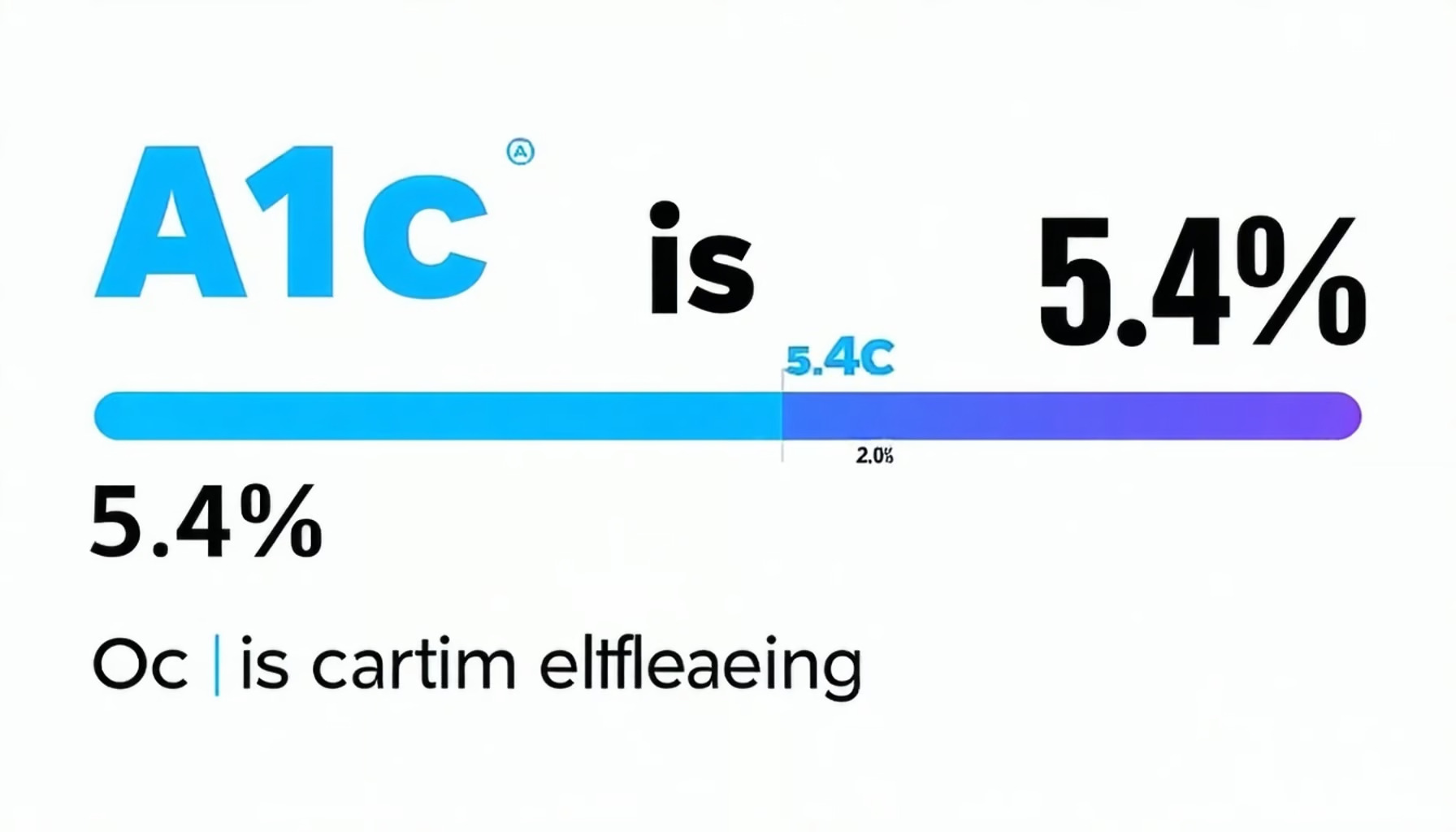

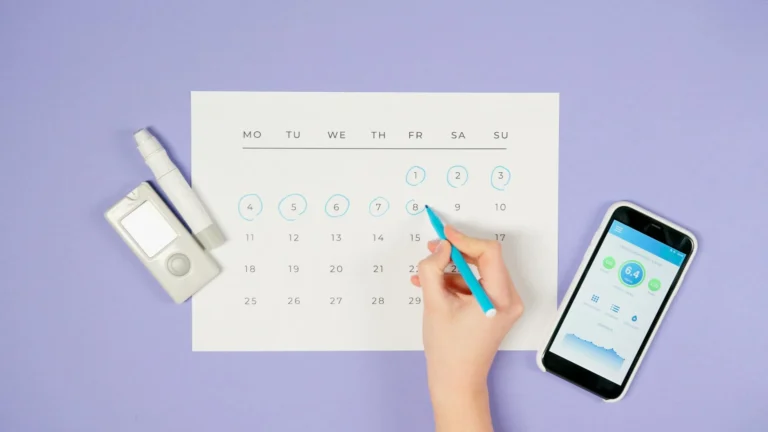

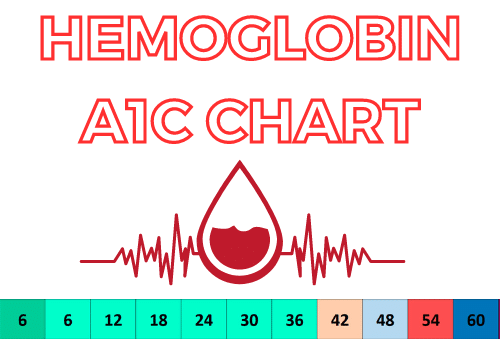

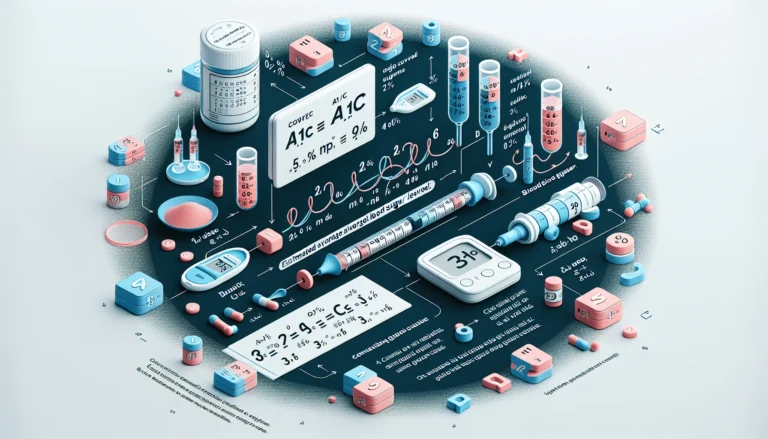
Leave a Reply